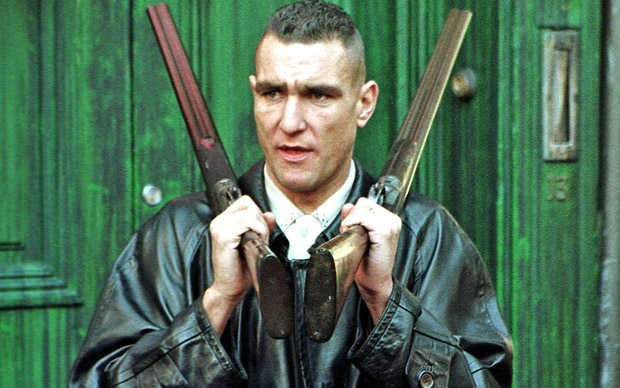
A cloudy sky rules, formidable Victorian buildings stand still, and a smell of beer overwhelms the atmosphere. And then, quirky gunmen roam the city in a rush and all at once disappear into its underground paths and covered walkways. Arguably, Britain has got the character, the style, and a quite entertaining crime cinematic underworld.
From the American film-noir movement of the ‘40s to the French “policier” cinema of the ‘60s and then back to the classic Hollywood crime films of the latest decades, the on-screen universe of gangsters, thieves, and hired killers has always been dark, mysterious and terrifyingly multidimensional.
British crime cinema, however, has carried out a different course, utilizing its ethnic culture and creating a definable place of illegality, cynical yet charming characters, and bittersweet decline. Through Guy Ritchie’s lens and upon familiar scratched pale faces, let’s enjoy the unlawfully provoking Albion that we love.
10. Mona Lisa (1986)
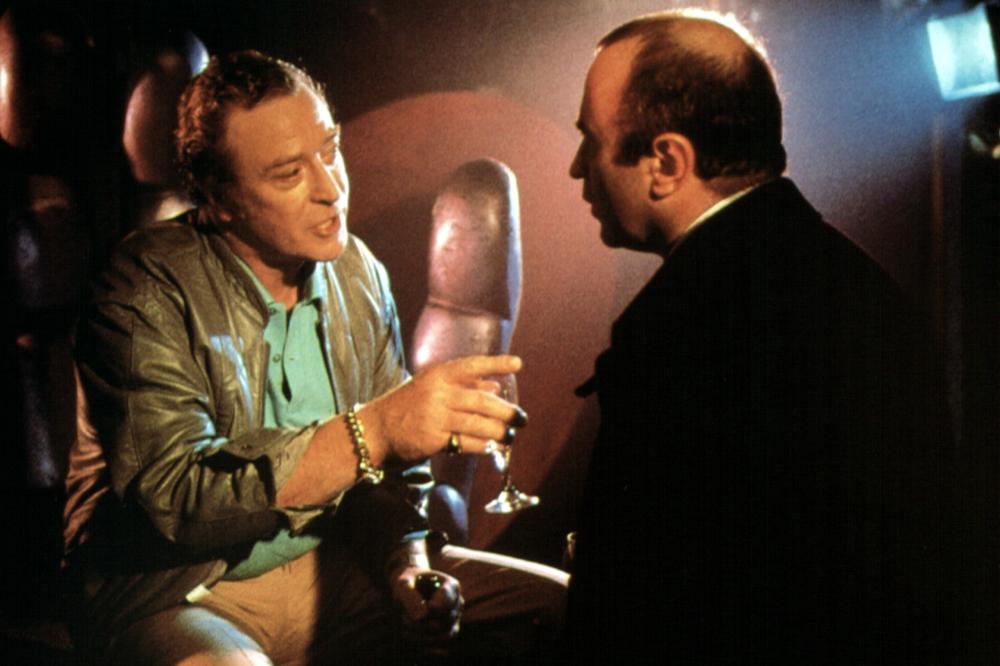
What differentiates a street prostitute from an expensive call girl? Nothing. Dressed in high-cost racy underwear, Simone visits luxurious hotels and effete politicians. She hides behind her impressive appearance a weak girl that used to stroll in the infamous districts of Soho every single night. George, an ex-convict with sad eyes, has taken over the ambiguous duty of Simone’s driver.
He performs his duty in his charmless stiff body, observing the disguised abjection of this young beautiful woman. She immediately realizes George’s lack of adequacy. In this fashion, these two outlaws share a volatile yet caring relationship that is found in the streets of London, split in between casual transactions of vulgar, paid, and meaningless sex.
On a first level, this is the story of Simone and George: two people that waste their days and deliver their body, but keep a dusty box of old, faded images in their heart. Initially, they both can’t stand one another. George projects a part of his fate on Simone’s life and so does she. But, eventually, they become an insoluble unit, recovering a vast treasury of feelings and weaknesses in one another’s eyes.
On a second level, “Mona Lisa” is a sad story of dispersed cruelty, sentimental coldness, and lost chances for a given life.
9. In Bruges (2008)
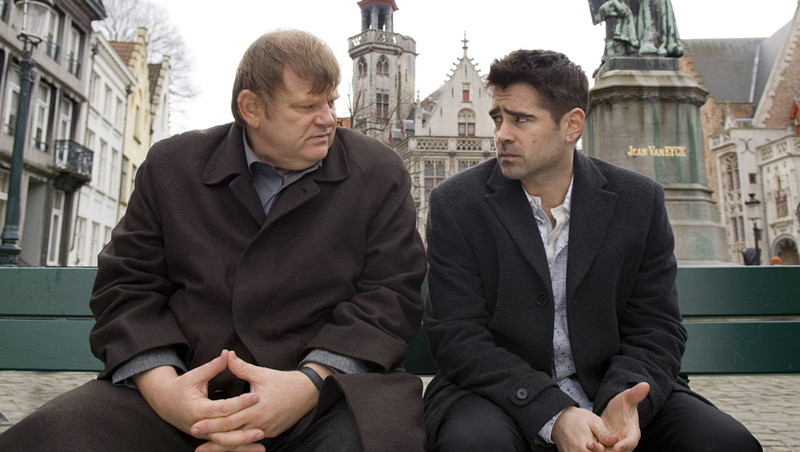
This is an exceptional black comedy, shot in one of the most stunning small cities in the whole world. From another point of view, it’s an unconventional study of silly bad guys. At the end, “In Bruges” is a hilarious, intelligent and irresistible flick of characters and space-time. You may try to predict its plot kinesiology, or understand what it’s really about. What you have to do, still, is to sit comfortably and enjoy its obscurity.
Ray is a professional killer that failed to fulfill a mission without collateral losses. After murdering a priest in Dublin, he accidentally shot a child. Without being aware of it, he stung his boss’s Achilles’ heel, who decided to exile him in Bruges for two weeks with his naïve and moonstruck mate in crime. Ray and Ken represent two alternating poles of numbness and excitement, volitional blindness and observation. In their bizarre sphere of childish immorality, you both love and hate them for different reasons.
There’s a quite unique trait in Martin McDonagh’s first feature film: it’s thrilling —entailing a suspenseful and unpredictable plot— and character-driven at the same time. The story is meant to enchant the viewer and reveal the core of its protagonists as well. The film’s ending cuts through the very heart of its environment’s ethics and intentional quintessence.
8. The Hit (1984)
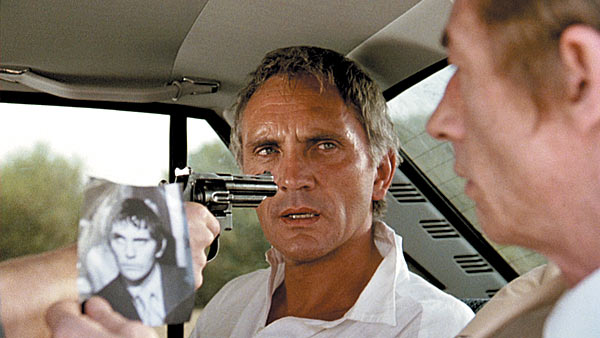
This is a film you’ve probably missed. In an unconventional quality of a novel, “The Hit” by British Stephen Frears is a breathtaking road trip that could travel your mind and soul. Drawn upon a nature’s acreage of beauty and narrated through the humane vicious sweetness, this is a picture to enjoy and linger on.
Of course, it’s the story of a criminal. Or isn’t it? Actually, it’s the tale of a man that encountered with a bestial façade of crime, dared to look at it, and then run so as to never behold its ugliness again. Willie Parker, a hitman immersed into the shady waters of a British gangland condemns his co-criminals and searches for a shelter somewhere in the warm, serene, and hostile grounds of provincial Spain.
The years have gone by. Willie’s life has been peaceful and smooth, hidden under his land’s comforting shadow of sun. But that beast he had once looked is alive, chasing him and seeking revenge, even ten years later. As if traveling through space-time, a car has crossed the thick transparent wall that divides Willie’s past and present, sweeping everything in his way and catalyzing roles, sides, and shades of innocence or guiltiness. This is crime, after all.
7. Snatch (2000)
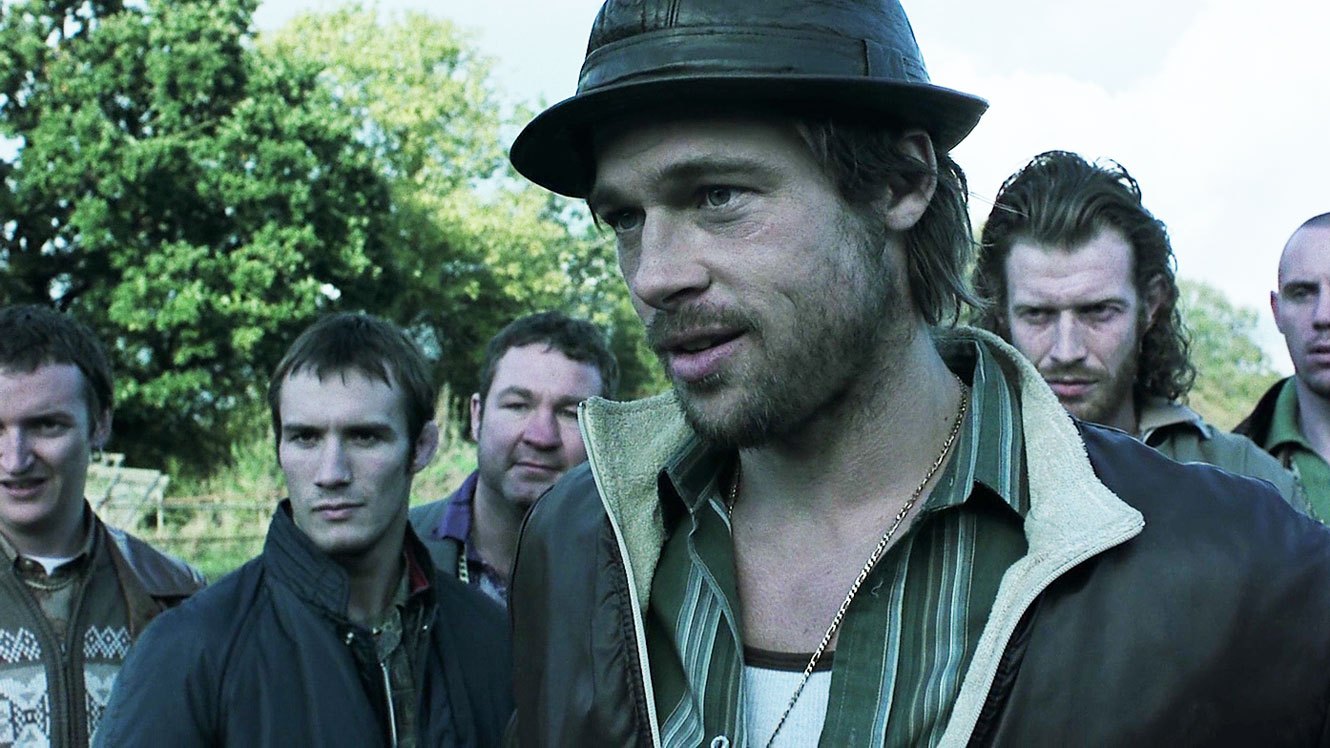
It has Jason Statham and Vinnie Jones. You almost smell the beer and feel the moisture in the air. It also includes Brad Pitt in the role of a gypsy. This is Guy Ritchie two years later. Is his 1998 “Lock, Stock and Two Smoking Barrels” better than his second strike at the same field‒ known as “Snatch”? Of course it is. But, more than a crime film, this is an absolutely amazing piece of comedy.
The film’s pitch-black yet comic underworld moves through illegal boxing games, gambling, stolen diamonds, and other infamous paths of a quit complicated microcosm in London’s crime scene, that seems to marginally survive on a long chain of countless friable hoops. As this chain is intensely stretched by internal and external forces, we see its pieces interacting on the verge of a disastrous crash.
The energy, the character, and the grace of the noisy black charade that it is “Snatch” lie in its characters’ surreal and at once ordinary profile. Each one of them defines a unique landscape of a tangled identity and comic ingredients. Arguably, the film’s blemishes are obvious. But as you watch its characters being what they are and interacting in their quaint little sphere, you can’t help but falling in love with it.
6. Get Carter (1971)
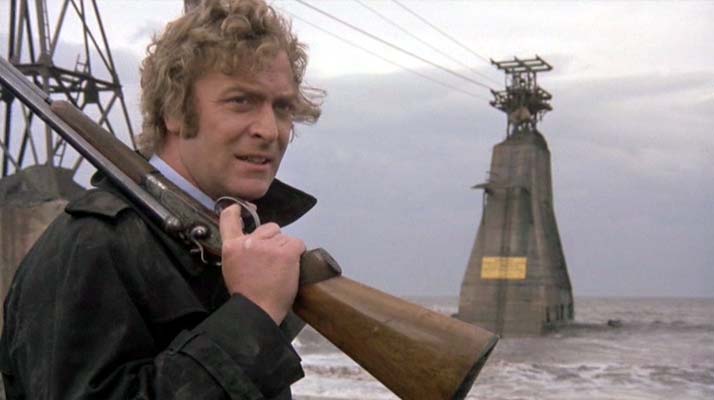
He’s stony, unhesitating and eerie. His steely eyes overflow with revenge all the same. This is Michael Caine in one of his best roles. Embodying Jack Carter, a man who lives for crime but could die for his brother, Caine’s face creates a stinging grief in the heart, instead of easing any feeling of aversion. Mike Hodges’s 1971 “Get Carter” is a lament dedicated to a twisted gangland.
Every man could die. Every man has to be removed from his way, when he needs to proceed. But this time, it has to do with his brother, a man that he used to love. Jack knows that his brother didn’t die accidentally, and he seeks revenge. In the casual way that he has always been acting, Jack gets involved into serious, complicated and violent circumstances in order to reach his goal.
Growing fond of the story’s cold-handed criminal is impossible. Still, in opposition to his cold actions, his heart is something more than warm, and thus, you can’t hate him either. Hodges leaves no margin for a lot of feelings here. His picture’s landscape is constantly covered by a dull fog of misery. Always evolving around Jack, an endless tapestry of tragedy culminates in an inevitable deadlock for its hero and his doomed environment.